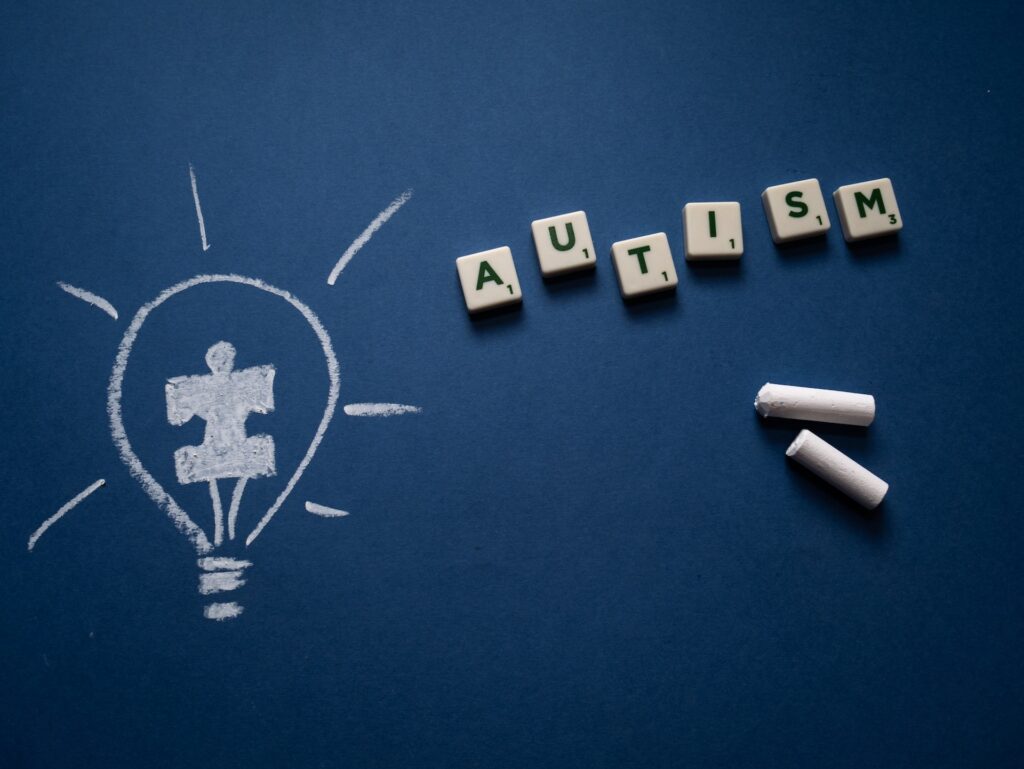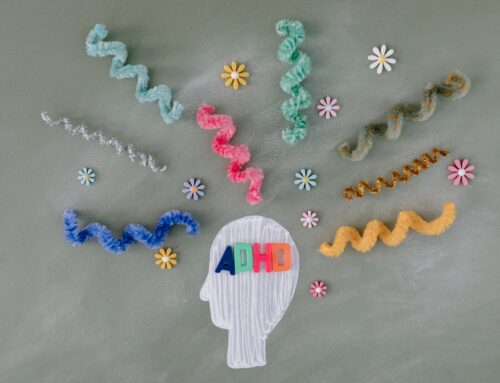Introduction
ADHD (Attention Deficit Hyperactivity Disorder) and Autism Spectrum Disorder (ASD) are neurodevelopmental disorders that can impact various aspects of an individual’s life. However, despite some overlap in their symptoms, these conditions have distinct characteristics that set them apart. This blog post will delve into the key differences between ADHD and autism, shedding light on their unique features and helping readers better understand these complex disorders. So, let’s get started!
What are ADHD and Autism?
Before diving into the differences between ADHD and autism, it’s essential to understand what these disorders are and how they manifest.
- ADHD (Attention Deficit Hyperactivity Disorder) is a neurodevelopmental disorder characterized by inattention, hyperactivity, and impulsivity. Individuals with ADHD may struggle with focus, organization, and impulse control, affecting their daily functioning and development.
- Autism Spectrum Disorder (ASD), or simply autism, is another neurodevelopmental disorder characterized by challenges in social communication and interaction and repetitive or restrictive patterns of behaviour, interests, or activities. Autism is a spectrum disorder because the severity and manifestation of symptoms can vary significantly from person to person.
Now that we have a basic understanding of these disorders let’s explore the key differences between ADHD and autism.
Key Differences Between ADHD and Autism
-
Core symptoms
ADHD and autism have distinct core symptoms that help differentiate them:
- ADHD is primarily characterized by inattention, hyperactivity, and impulsivity. Individuals with ADHD may have difficulty focusing, staying organized, completing tasks, and controlling impulsive behaviours.
- Autism, on the other hand, is characterized by challenges in social communication and interaction, as well as repetitive or restrictive patterns of behaviour, interests, or activities. Individuals with ASD may struggle to understand social cues, engage in conversation, or adapt to routine changes.
-
Social interaction
Both ADHD and autism can affect social interactions, but the reasons behind these challenges differ:
- In ADHD, social difficulties often stem from impulsive behaviour, inability to pay attention, or hyperactivity. These factors can disrupt social interactions and make it challenging for individuals with ADHD to maintain friendships.
- In autism, social interaction challenges are more directly related to the disorder’s core symptoms. Individuals with ASD may have difficulty understanding social cues, making eye contact, or interpreting others’ emotions, impacting their ability to form and maintain relationships.
-
Communication
ADHD and autism have distinct effects on communication:
- ADHD primarily affects an individual’s ability to focus and attend to conversations, but it generally does not impact the development of language or non-verbal communication skills.
- Autism, on the other hand, can cause significant impairments in verbal and non-verbal communication. Individuals with ASD may experience delayed language development, difficulty with conversation, and challenges understanding gestures, facial expressions, and tone of voice.
-
Repetitive behaviours and restricted interests
Repetitive behaviours and restricted interests are more commonly associated with autism than ADHD:
- While individuals with ADHD might display some repetitive behaviours due to restlessness or hyperactivity, they typically do not exhibit the same level of repetitive or restrictive patterns of behaviour, interests, or activities seen in autism.
- Individuals with ASD often engage in repetitive behaviours, such as hand flapping, rocking, or spinning, and may have intense, focused interests in specific topics or activities.
-
Age of onset and diagnosis
The age at which symptoms become apparent, and diagnoses are made can also differ between ADHD and autism:
- ADHD symptoms usually become apparent during early childhood, often before age 7, and can persist into adulthood.
- Autism symptoms can also be observed in early childhood, but they may be more subtle and harder to recognize initially. In many cases, ASD is diagnosed before age 3, although some individuals may not receive a diagnosis until later in life.
Co-occurrence of ADHD and Autism
It is important to note that some individuals may be diagnosed with ADHD and ASD, as the two conditions can co-occur. However, the presence of one does not necessarily indicate the presence of the other. Accurate diagnosis and assessment by a healthcare professional are crucial for determining the appropriate interventions and support for each individual.
Treatment and Support for ADHD and Autism
While the treatment and support strategies for ADHD and autism may share some similarities, they are typically tailored to address the unique challenges posed by each disorder:
- ADHD interventions often include behavioural therapy, medication (such as stimulants), educational support, and lifestyle changes to help manage symptoms and improve daily functioning.
- Autism interventions may involve early intervention services, social skills training, speech and language therapy, occupational therapy, and behavioural therapies like Applied Behavior Analysis (ABA). Medications may sometimes be used to address specific symptoms or co-occurring mental health issues.
In both cases, family education and support are crucial in helping individuals with ADHD or autism navigate their challenges and lead fulfilling lives.
Conclusion
In conclusion, ADHD and autism are neurodevelopmental disorders with unique characteristics and symptoms. While there can be some overlap, understanding the key differences is essential for accurate diagnosis and appropriate support.
ADHD is primarily characterized by inattention, hyperactivity, and impulsivity. At the same time, autism is defined by challenges in social communication and interaction and repetitive or restrictive patterns of behaviour, interests, or activities. Social interaction and communication difficulties differ in their origins and manifestations between the two disorders, and repetitive behaviours and restricted interests are more commonly associated with autism than ADHD.
By raising awareness and understanding about ADHD and autism, we can foster a more compassionate and supportive society for individuals with these conditions. Remember, knowledge is power, and by sharing accurate information, we can make a positive difference in the lives of those affected by these complex and fascinating neurodevelopmental disorders.




